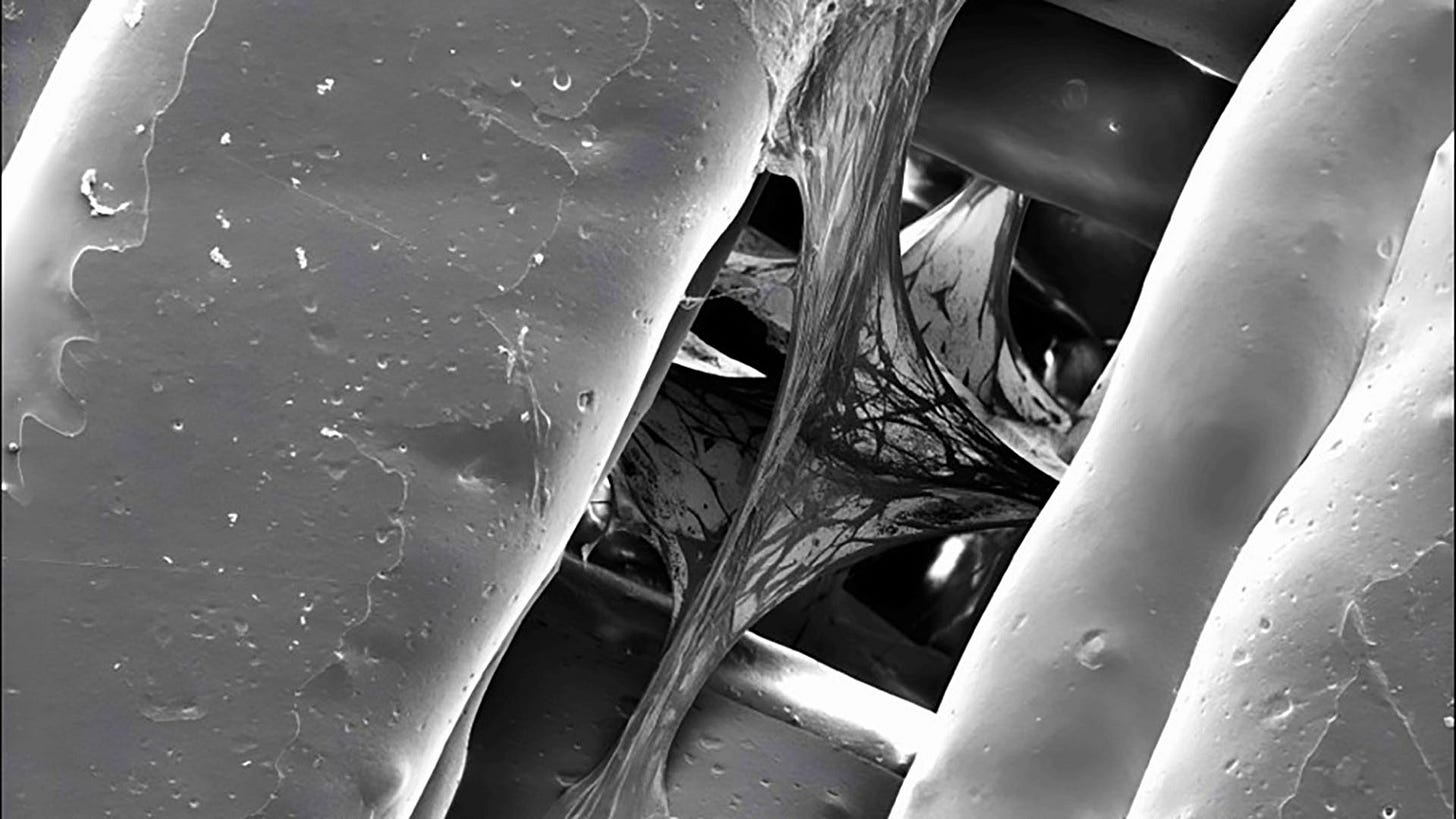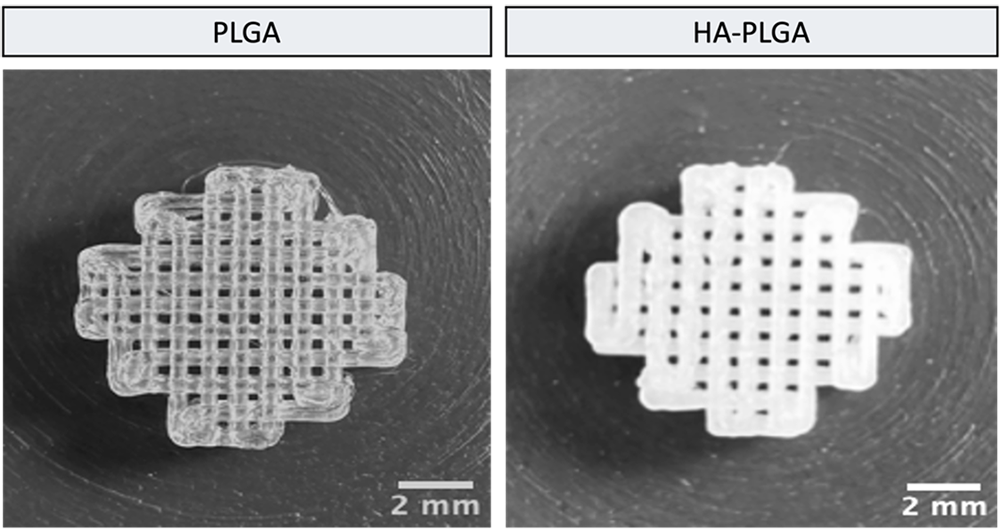Building Bones: How 3D Printing is Changing Cancer Research
Have you ever wondered how scientists study how cancer spreads to bones?
For years, animal testing has been the cornerstone of this type of research. But at the Henry Royce Institute, based at The University of Manchester, researchers are rewriting the rulebook. By combining the power of 3D printing with stem cell technology, they’re creating lifelike bone models in the lab—opening new doors for discovery and drastically reducing the need for animal testing.
What Makes Bones So Special?
Bones are much more than the skeleton that holds us up. They’re intricate structures, essential for understanding how diseases like breast cancer spread to bone tissue—a process called metastasis.
Traditionally, studying these interactions has relied heavily on animal testing. While effective, these methods have limitations: they’re costly, ethically challenging, and don’t always mimic the complexities of human biology.
But what if you could build a miniature version of bone in the lab? That’s exactly what these researchers are doing, using cutting-edge 3D printing to mimic the natural environment of bone tissue.
Printing a New Future
Picture this: a “bone in a dish” created with affordable, everyday 3D printers. That’s what Dr. Fatih Eroglu and his team have achieved.
Rather than relying on specialized and expensive 3D bioprinters—which can cost up to £200,000—they’ve proven that you can build highly effective bone scaffolds with a standard FDM (Fused Deposition Modeling) printer, the kind that costs between £300 and £1,000. This accessibility is a game-changer, making advanced research possible for more labs worldwide.
To build these scaffolds, the team uses two key materials:
PLGA (Poly(lactic-co-glycolic acid)): A biodegradable polymer that provides a sturdy, flexible structure.
HA-PLGA: A mix of PLGA and hydroxyapatite, a mineral found in natural bone, which adds realistic properties to the scaffold.
This affordable yet innovative approach is breaking barriers, allowing researchers to explore cancer behavior without needing prohibitively expensive equipment.
The Role of Stem Cells: Nature’s Architects
Of course, the scaffolds alone don’t tell the whole story. The real magic happens when bone marrow mesenchymal stem cells (BM-MSCs)—special cells capable of becoming bone cells—are introduced to the 3D-printed structures.
"It’s like giving these cells a blueprint and the perfect conditions to build something incredible," explains Dr. Eroglu.
The scaffolds are designed with tiny pores that allow cells to:
Move freely through the structure.
Access essential nutrients.
Connect with one another to form bone-like tissue.
Early results are promising. The stem cells are not just surviving—they’re thriving. They attach to the scaffold, multiply, and start producing bone cells. Even more exciting, they’re creating an extracellular matrix—the natural framework of bone tissue—right in the lab.
Why It Matters
This work is more than a technical achievement. It’s a potential revolution in how we study diseases like cancer. By creating a bone model that closely mimics natural tissue, researchers now have a reliable way to study how cancer spreads to bones without relying on animal testing.
But the benefits don’t stop at cancer research. This technology could also help scientists explore other bone-related diseases, like osteoporosis, or test new drugs in a more ethical and controlled way.
"We’re not just building scaffolds," says Dr. Eroglu. "We’re creating a new way to study disease—one that could accelerate progress while reducing our reliance on animal models."
Looking Ahead
This breakthrough is a shining example of how technology can transform science. By making cutting-edge research more affordable and ethical, the team at The University of Manchester is paving the way for faster discoveries and more humane practices.
Imagine a future where most preliminary studies don’t require animal testing. Where cancer research progresses faster, and new treatments are developed more efficiently. That’s the promise of this work.
Step by step—and scaffold by scaffold—researchers are building more than just bones. They’re building hope for a better, more compassionate future in science.
Source:




